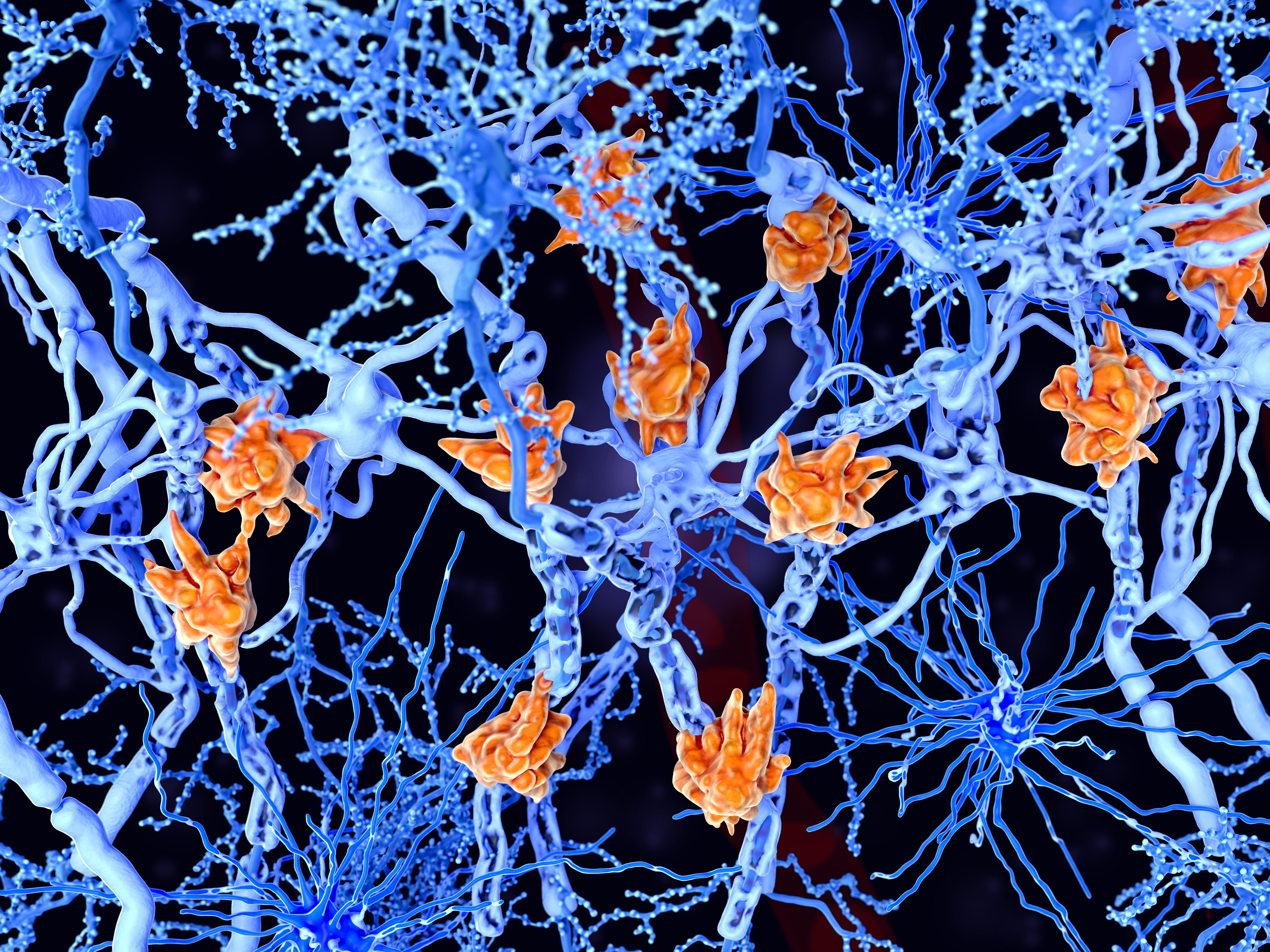News
Article
Ocrelizumab Found to Suppress Immune Activity That Worsens Multiple Sclerosis Symptoms
Author(s):
A subcutaneous injection of ocrelizumab was markedly effective at suppressing brain lesions in patients with multiple sclerosis, according to data from a phase 3 trial.
Ocrelizumab (Ocrevus; Roche) subcutaneous (SC) injection was found to effectively suppress brain lesions in patients with relapsing or primary progressive multiple sclerosis (RMS or PPMS), according to results from the phase 3 OCARINA II study. A twice-yearly, SC injection of ocrelizumab was found noninferior to intravenous (IV) infusion, meeting pharmacokinetic, biomarker, and safety endpoints set by study investigators, according to a Roche press release that announced the late-breaking data.
Image credit: Juan Gärtner | stock.adobe.com

“We are pleased to share that Ocrevus 10-minute [SC] injection suppressed brain lesions as effectively as the [IV] infusion,” said Levi Garraway, MD, PhD, chief medical officer and head of Global Product Development, Roche, in the press release.
Ocrelizumab is a humanized monoclonal antibody that targets CD20-positive B cells, which damages nerve cells (axonal) and their insulating layer (myelin), leading to disability in patients with MS. Ocrelizumab provided sustained depletion of B cells to levels at or below 5 cells/µL over 24 weeks, with efficacy that was nearly identical to IV infusion at 97% and 98% respectively.
SC injection also had a similar safety profile to IV injection. The most common adverse event (AE) in the SC group was mild or moderate injection reaction (48%), with IV infusion-related reactions being the primary AE among patients in the infusion group (17%). Both groups had a small percentage of patients with severe grade 3/4 reaction at 2.5% and 3.4%, respectively.
The phase 3 OCARINA II trial was a global, multicenter, randomized study that compared the pharmacokinetics, safety, radiological, and clinical effects of SC ocrelizumab to IV infusion. The primary endpoint was a noninferiority measure, and secondary endpoints included maximum serum concentration (Cmax), safety, and immunogenicity outcomes.
Other secondary endpoints include total number of active, gadolinium-enhancing T1 lesions (measured at 8 and 12 weeks), and new or enlarging T2 lesions (12 and 24 weeks). T1 brain lesions are a biomarker for inflammation, but ocrelizumab suppressed nearly all lesions at 24 weeks.
The study included 236 patients with relapsing MS (RMS) or PPMS. MS is a condition in which the immune system attacks the support and insulation structures surrounding nerve cells in the central nervous system (CNS). This can lead to inflammation and damage that results in muscle weakness, fatigue, and disease progression leading to disability. At least 85% of MS cases are RRMS, which is characterized by periods of symptoms followed by recovery. For 15% of patients with PPMS, there are no periods of recovery.
SC injection can expand the availability of ocrelizumab because it does not require IV infrastructure, which means it can overcome barriers such as IV capacity limitations in many treatment centers. Investigators will soon share findings from OCARINA II with health authorities.
“Having this additional treatment option may improve the treatment experience for both patients and physicians, and we hope the twice-a-year dosing will offer the same high adherence and persistence,” Garraway concluded.
Reference
Roche’s OCREVUS twice-yearly, 10-minute subcutaneous injection was non-inferior to intravenous infusion and provided near-complete suppression of brain lesions. Roche. October 11, 2023. Accessed on October 11, 2023. https://www.roche.com/media/releases/med-cor-2023-10-11
Newsletter
Stay informed on drug updates, treatment guidelines, and pharmacy practice trends—subscribe to Pharmacy Times for weekly clinical insights.






